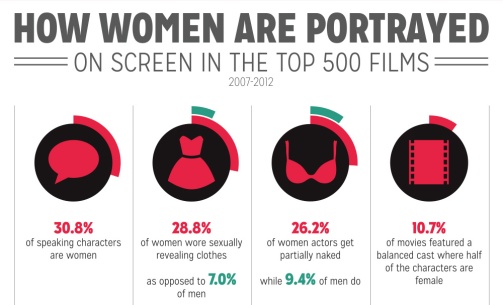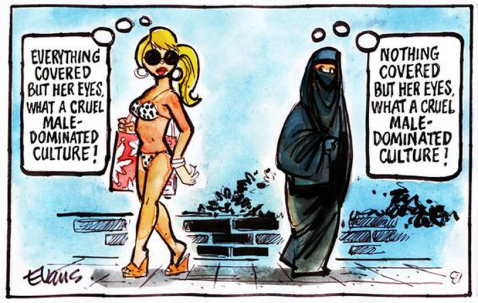Good Afternoon Rioters
I know, I know… I don’t call, and I don’t write… But all that aside, I’d like us to all to take a few moments to view from an outsider’s perspective the country that so many of us hail from, call our home, and have become all too familiar with; good ol’ America.
This star-spangled collection of states full of cherry pie and hypocrisy has had an ongoing, ever-developing feminist movement beginning as early as 1848 where the first official meeting devoted to women’s rights gathered in Seneca Falls, New York. Since then, we have had as many as three full blown waves of feminism, each one transforming, adding to, and challenging the existing feminist discourse. But what much of the public fails to realize is that the need for feminism in America is still very much a necessity. Though many women who came before us have been quite successful in their efforts to enforce equality for both sexes, gender inequality is still alive and kicking.

Gender Inequality is still seen in films. Photo Credit: http://students.oneonta.edu/vishka93/A2/css/Gender-page.html
This is even more apparent when we take a look at the U.S. of A. through the eyes of an outsider. Cue Fatima Mernissi, one of the best known Arab-Muslim feminist/sociologist/writer/scholar. Born in 1940 in Fez, Morocco, her first hand experiences of Muslim female life contribute majorly to her writings. She is best known for her expertise on combining the beliefs of traditional Islam with ideals of progressive feminism, the very subject encompassed in her book Beyond the Veil: Male-Female Dynamics in Modern Muslim Society (1985).2 What follows are a few transcriptions from this work.
In Mernissi’s book, readers are shown that over the course of time, both Western and Muslim culture came to the similar conclusion that women are potential threats to the social order due to their sexual power over men. Yet while the Western world dealt with this by attacking the act of sex itself, the Muslim world attacked women. She establishes two kinds of sexual societies: one enforces respect of sexual rules by a strong internalization of sexual impulses during a social setting (seen in western culture), the other enforces respect by external precautionary safeguards (in Muslim culture this takes shape in precautions like the veil and seclusion). It is an important fact to note that the latter of the two, the concept of female sexuality is active, whereas in the prior -recall that this is most commonly seen in the West -female sexuality is seen as passive and is significantly ignored or avoided.
The West is frequently dismissed by many Muslim believers as an illegitimate example of feminist liberation because of some rather misleading characteristics. The movement is not seen as particularly successful in elevating women from a status of female to the status of human being, and therefore was and is still looked down upon for being incomplete.
Now, though we have achieved great strides towards equality, our status as second-class (wage-gap, glass ceiling, and anti-reproductive rights campaigns still existing) is ever more apparent in what Mernissi points out as current Western female sexuality. The most prominent characteristic of Western sexuality being the abandonment of a woman’s integrity, “her reduction to a few inches of nude flesh whose shades and forms are photographed with no goal other than profit.”
It may look as if our feminist movement here in the “home of the brave and land of the free” has been significantly successful in achieving equality, however we gain from Mernissi that it, in fact, is not as praiseworthy as some view it to be. So while we may view the act of requiring all women to veil themselves in public and most definitely in the presence of males in order to mask their sexuality as a sign of oppression; in the eyes of the veiled we can be seen as perhaps being even further away from attaining the respect and equality that women deserve than they are.
Just something to keep in mind. We are not there yet rioters, so keep on rioting!
Sincerely,
Taria, xoxo
All information courtesy of:
2. http://www.oxfordislamicstudies.com/article/opr/t236/e0527
3, 4, & 5. Mernissi, Fatima. Beyond the Veil: Male-female Dynamics in Modern Muslim Society.
Bloomington: Indiana UP, 1987. Print.


Thanks Tarialorenette – I intend to pick this book up!
LikeLike